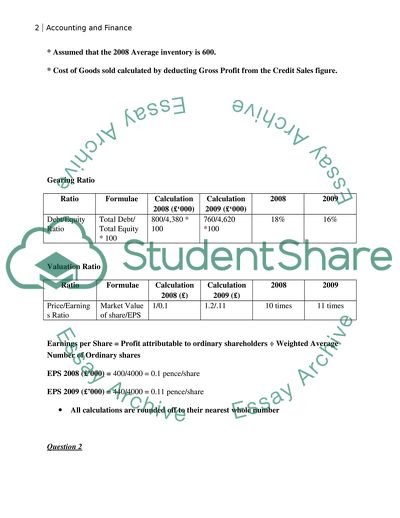Cite this document
(Profitability Ratios in Financial Ratio Analysis Assignment, n.d.)
Profitability Ratios in Financial Ratio Analysis Assignment. https://studentshare.org/finance-accounting/1748494-accounting-and-finance
Profitability Ratios in Financial Ratio Analysis Assignment. https://studentshare.org/finance-accounting/1748494-accounting-and-finance
(Profitability Ratios in Financial Ratio Analysis Assignment)
Profitability Ratios in Financial Ratio Analysis Assignment. https://studentshare.org/finance-accounting/1748494-accounting-and-finance.
Profitability Ratios in Financial Ratio Analysis Assignment. https://studentshare.org/finance-accounting/1748494-accounting-and-finance.
“Profitability Ratios in Financial Ratio Analysis Assignment”. https://studentshare.org/finance-accounting/1748494-accounting-and-finance.


